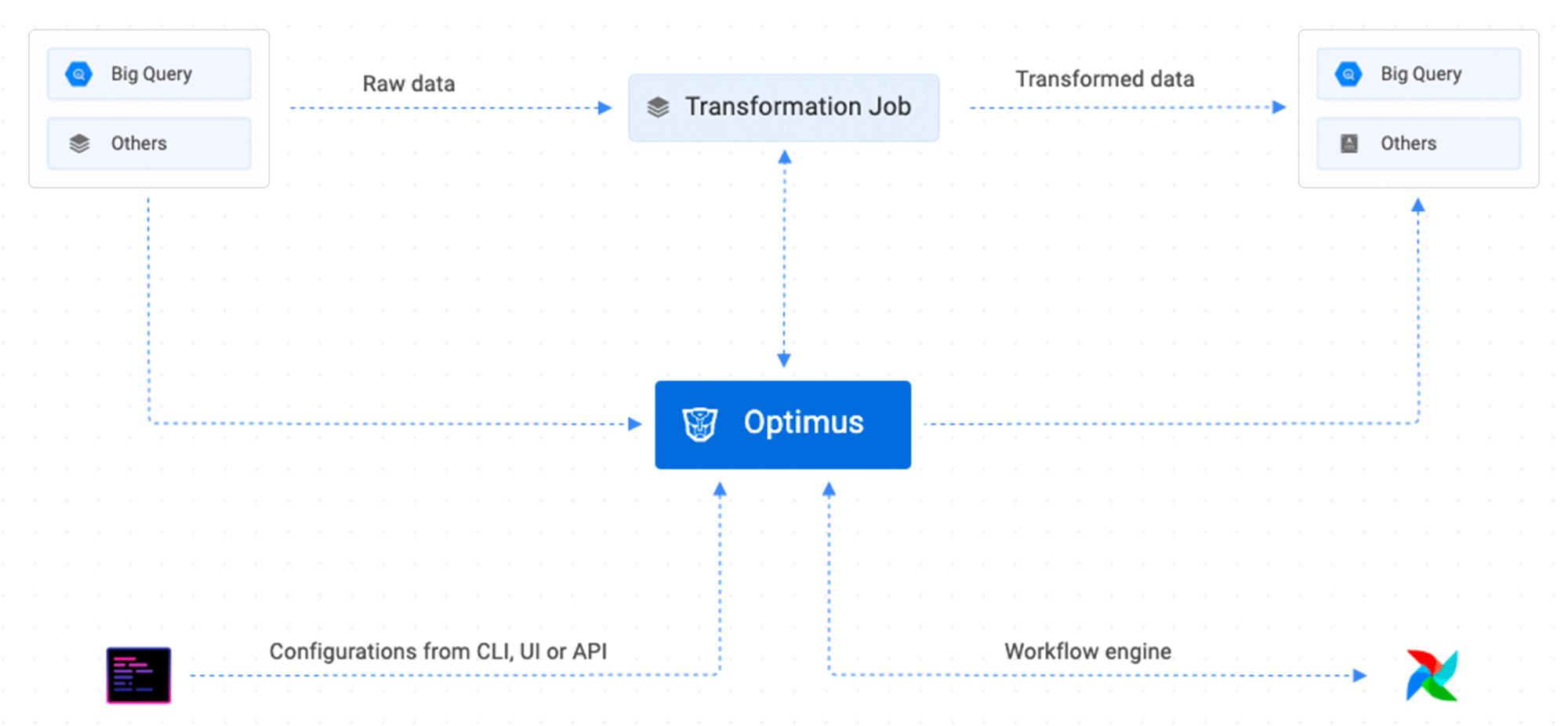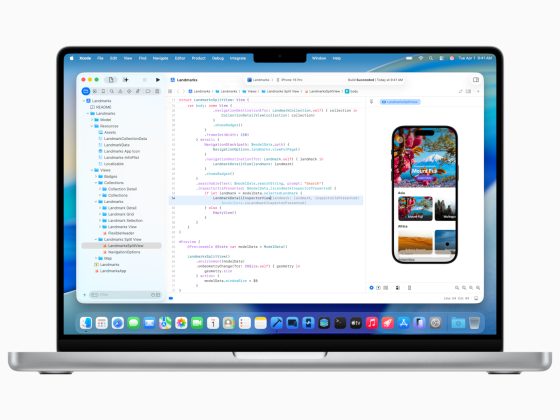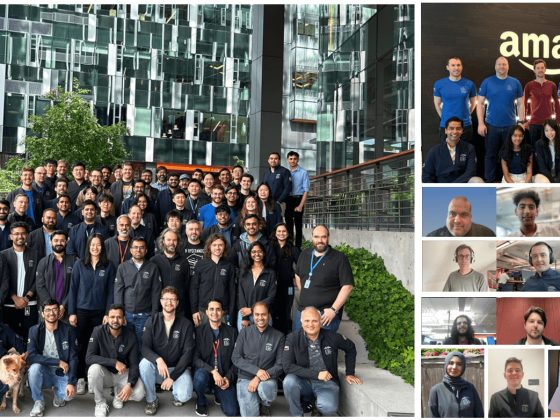In a recent post, we introduced Firehose, an open source solution by Gojek for ingesting data to cloud data warehouses like Cloud Storage and BigQuery. Today, we take a look at another project within the data transformation and data processing flow.
From our partners:
As Indonesia’s largest hyperlocal on-demand services platform, Gojek has diverse data needs across transportation, logistics, food delivery, and payments processing. We also run hundreds of microservices across billions of application events. While Firehose solved our need for smarter data ingestion across different use cases, our data transformation tool, Optimus, ensures the data is ready to be accessed with precision wherever it is needed.
The challenges in implementing simplicity
At Gojek, we run our data warehousing across a large number of data layers within BigQuery to standardize and model data that’s on its way to being ready for use across our apps and services.
Gojek’s data warehouse has thousands of BigQuery tables. More than 100 analytics engineers run nearly 4,000 jobs on a daily basis to transform data across these tables. These transformation jobs process more than 1 petabyte of data every day.
Apart from the transformation of data within BigQuery tables, teams also regularly export the cleaned data to other storage locations to unlock features across various apps and services.
This process addresses a number of challenges:
- Complex workflows: The large number of BigQuery tables and hundreds of analytics engineers writing transformation jobs simultaneously creates a huge dependency on very complex database availability groups (DAGs) to be scheduled and processed reliably.
- Support for different programming languages: Data transformation tools must ensure standardization of inputs and job configurations, but they must also comfortably support the needs of all data users. They cannot, for instance, limit users to only a single programming language.
- Difficult to use transformation tools: Some transformation tools are hard to use for anyone that’s not a data warehouse engineer. Having easy-to-use tools helps remove bottlenecks and ensure that every data user can produce their own analytical tables.
- Integrating changes to data governance rules: Decentralizing access to transformation tools requires strict adherence to data governance rules. The transformation tool needs to ensure columns and tables have personally identifiable information (PII) and non-PII data classifications correctly inserted, across a high volume of tables.
- Time-consuming manual feature updates: New requirements for data extraction and transformation for use in new applications and storage locations are part of Gojek’s operational routine. We need to design a data transformation tool that could be updated and extended with minimal development time and disruption to existing use cases.
Enabling reliable data transformation on data warehouses like BigQuery
With Optimus, Gojek created an easy-to-use and reliable performance workflow orchestrator for data transformation, data modeling, data pipelines, and data quality management. If you’re using BigQuery as your data warehouse, Optimus makes data transformation more accessible for your analysts and engineers. This is made possible through simple SQL queries and YAML configurations, with Optimus handling many key demands including dependency management, and scheduling data transformation jobs to run at scale.

- Command line interface (CLI): The Optimus command line tool offers effective access to services and job specifications. Users can create, run, and replay jobs, dump a compiled specification for a scheduler, create resource specifications for data stores, add hooks to existing jobs, and more.
- Optimized scheduling: Optimus offers an easy way to schedule SQL transformation through YAML based configuration. While it recommends Airflow by default, it is extensible enough to support other schedulers that can execute Docker containers.
- Dependency resolution and dry runs: Optimus parses data transformation queries and builds dependency graphs automatically. Deployment queries are given a dry-run to ensure they pass basic sanity checks.
- Powerful templating: Users can write complex transformation logic with compile time template options for variables, loops, IF statements, macros, and more.
- Cross-tenant dependency: With more than two tenants registered, Optimus can resolve cross-tenant dependencies automatically.
- Built-in hooks: If you need to sink a BigQuery table to Kafka, Optimus can make it happen thanks to hooks for post-transformation logic that extend the functionality of your transformations.
- Extensibility with plugins: By focusing on the building blocks, Optimus leaves governance for how to execute a transformation to its plugin system. Each plugin features an adapter and a Docker image, and Optimus supports Python transformation for easy custom plugin development.
Key advantages of Optimus
Like Google Cloud, Gojek is all about flexibility and agility, so we love to see open source software like Optimus helping users take full advantage of multi-tenancy solutions to meet their specific needs.
Through a variety of configuration options and a robust CLI, Optimus ensures that data transformation remains fast and focused by preparing SQL correctly. Optimus handles all scheduling, dependencies, and table creation. With the capability to build custom features quickly based on new needs through Optimus plugins, you can explore more possibilities. Errors are also minimized with a configurable alert system that flags job failures immediately. Whether to email or Slack, you can trigger alerts based on specific requirements – from point of failure to warnings based on SLA requirements.
How you can contribute
With Firehose and Optimus working in tandem with Google Cloud, Gojek is helping pave the way in building tools that enable data users and engineers to achieve fast results in complex data environments.
Optimus is developed and maintained at Github and uses Requests for Comments (RFCs) to communicate ideas for its ongoing development. The team is always keen to receive bug reports, feature requests, assistance with documentation, and general discussion as part of its Slack community.
By: Ravi Suhag (VP, Engineering, Gojek)
Source: Google Cloud Blog
For enquiries, product placements, sponsorships, and collaborations, connect with us at [email protected]. We'd love to hear from you!
Our humans need coffee too! Your support is highly appreciated, thank you!








